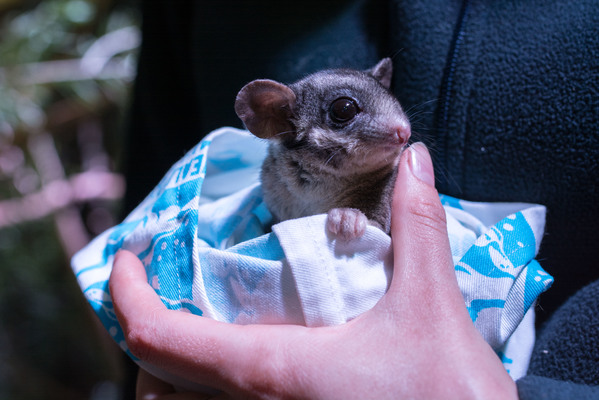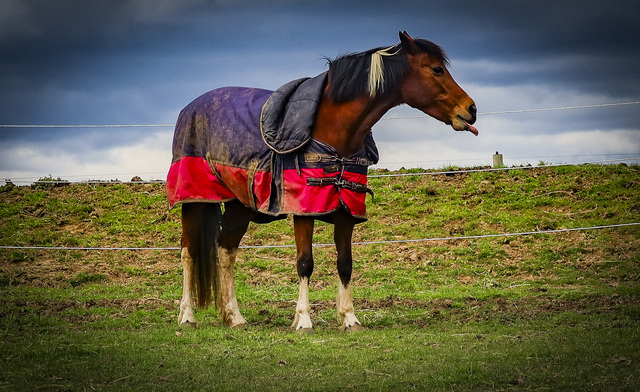There has been an increase in sightings of Leadbeater’s Possums outside of their described range in the Victorian Central Highlands, including in bushfire regrowth forests, according to a study published in February.
The study found that Leadbeater’s Possums were detected at six independent sites 1-14.8 kilometres outside of their described range and within 1-15 kilometres of the boundary of the Great Divide Complex bushfire that burned more than one million hectares over two months from December 2006.
Environmentalist groups have pressured the state government to halt or phase out logging operations in the region due to the threats to the marsupial species that is considered highly susceptible to the impacts of bushfire and only inhabit Victoria’s Central Highlands.
The study reads, “These findings suggest that Leadbeater’s Possum is either capable of traversing a distrurbed forest matrix and recolonising fire-affected habitat within a decade of a severe bushfire event, and/or able to persist in lower-intensity burned or unburned refugia.”
VicForests Biodiversity Conservation and Research Manager Tim McBride, along with two other ecologists, published the study in CSIRO’s Journal of Australian Mammology.
Currently, sightings of a Leadbeater’s Possum create a 200 metre buffer preventing logging from taking place in the area.
According to VicForests, the known colonies of the Leadbeater’s Possum had increased from 153 in 2014 to 688 from late last year, prompting the Victorian Association of Forest Industries to call on the government to ‘undertake immediate extended surveys’ on the species in April.
Friends of Leadbeater’s Possum president Steve Meacher said the VicForests figure is more representative of increased survey effort and the introduction of more effective techniques in sighting the animals, such as the use of motion sensor cameras.
“It is noteworthy that most of the new sightings occurred in the first few years after 2014 (by August 2017 it was already 650) and then declined dramatically (only another 38 in 15 months), in spite of sustained effort,” he said.
“This could indicate that new sightings have peaked and most of the possums that can be found have been found.
“If that is the case, 688 is a worryingly small number of sightings, even if each individual represents a small colony of 2 or 3 animals.
“And with a life expectancy of around 6 years in the wild, most of the individuals seen in 2014 will no longer be alive, so the total number of sightings over several years cannot be taken to indicate the size of the population at any one time,” Mr Meacher said.
Friends of Leadbeater’s Possum is attempting to stop state government controlled VicForests from logging in areas that are home to greater gliders and the Leadbeater’s Possum.
A trial in the federal court commenced on Monday 3 June in the case of Friends of Leadbeater’s Possum Inc v VicForests, and could have ramifications for Regional Forest Agreement (RFA) across the country and change the way that forests and threatened species are managed and protected.
Environmental Justice Australia (EJA) is challenging the legality of logging by VicForests in areas of habitat for the critically endangered Leadbeater’s possum and the vulnerable greater glider.







